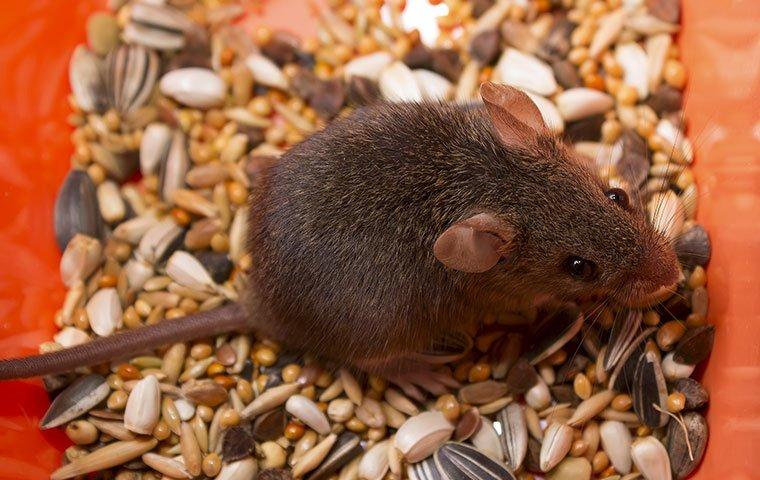Home invasions happen every year. No, we’re not talking about burglars. Instead, we’re talking about pest invasions, more specifically, rodent infestations. The two main rodents Portland homeowners need to be concerned with are mice and rats.

While they both possess the same overall shape and cause a mess of problems for people, there are some key differences between the two to keep in mind. These differences are:
- Mice: Are typically grey in color and about four inches long, mice are known to get into the tiniest of holes to wreak havoc. They can be further identified by their rounded fur-covered body, long thin tail, and large rounded ears.
- Rats: Are a lot bigger than mice to the point they can grow up to 16 inches long. Also, they boast proportionally larger jaws and smaller ears than mice. Usually, rats are black or brown in color and they possess a thick and scaly tail.
As a rule, rats and mice don’t invade the same home or building. They have different nesting habits, and rats are extremely territorial about food when it’s in short supply. In fact, rats have been known to kill mice when hungry enough so the mice stay away.
The Dangers Of Rodent Infestation
Both species of rodents are a danger to your home and your health. Thanks to their claws, teeth, and general habits, they are both known to cause extensive property damage over time. Some common issues include chewed wires, insulation, and holes in the walls among other problems.
However, the real concern is the health problems they cause in otherwise healthy people. This is because both of them transmit several diseases like rat-bite fever, hantavirus, bubonic plague, and more. Plus, they carry parasites like ticks and fleas making it possible for even more diseases to be transmitted.
If you know what to look for, it’s easy to tell if you have an active rodent infestation. Some common signs of an infestation include:
- Droppings: These are especially common near food packages, drawers, cupboards, and under the sink. If you don’t see the rodent itself, you’ll see the evidence left behind.
- Nesting: Both rodents like to nest, which means evidence like shredded paper, fabric, or other materials are likely to be found when facing an infestation.
Signs Of Chewing: Related to the previous point, you’ll notice chew marks on furniture, food packaging, and other locations if you have an active infestation. - Holes: New holes in the walls or floor will equal an active rodent infestation. Many times rodents get inside because they create their own entry point.
Don’t Work Alone
It’s tempting to only deal with rodents when you see them. After all, “out of sight, out of mind” right? Unfortunately, it doesn’t work like that. Rodents need to be handled from the very beginning comprehensively. Failure to do so will quickly lead to an out of control situation. Don’t try to do this on your own since it fails for these three reasons:
- Rapid Reproduction: Rodents reproduce at a fast pace meaning there are dozens more where you left off.
- Sneaky: Not only do they multiply, but they also have good instincts. As such, basic traps only take out a mere fraction of the total rodent population, making it less than effective.
- Lack Of Time: Trained professionals have the time because it’s their job. You likely don’t have the time required to be effective with your efforts. The battle is lost before it even begins when you try on your own.
Rodent Prevention With Kanga Pest Control
Invest in ongoing rodent control to minimize your chances of suffering a rodent infestation. At Kanga Pest Control, we offer custom pest control solutions designed with your specific needs in mind. Not only do we eliminate the problem today, but we lay the groundwork to ensure you don’t have repeat infestations. Call Kanga Pest Control today!
